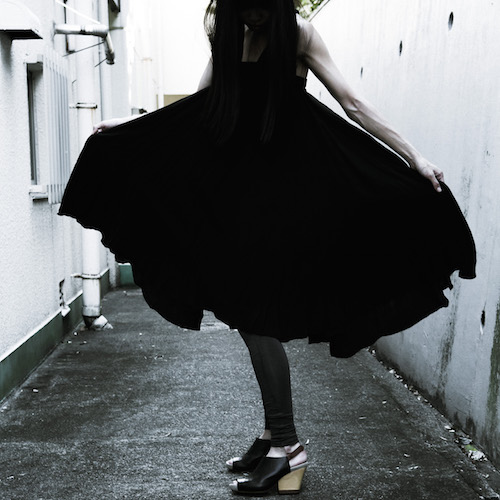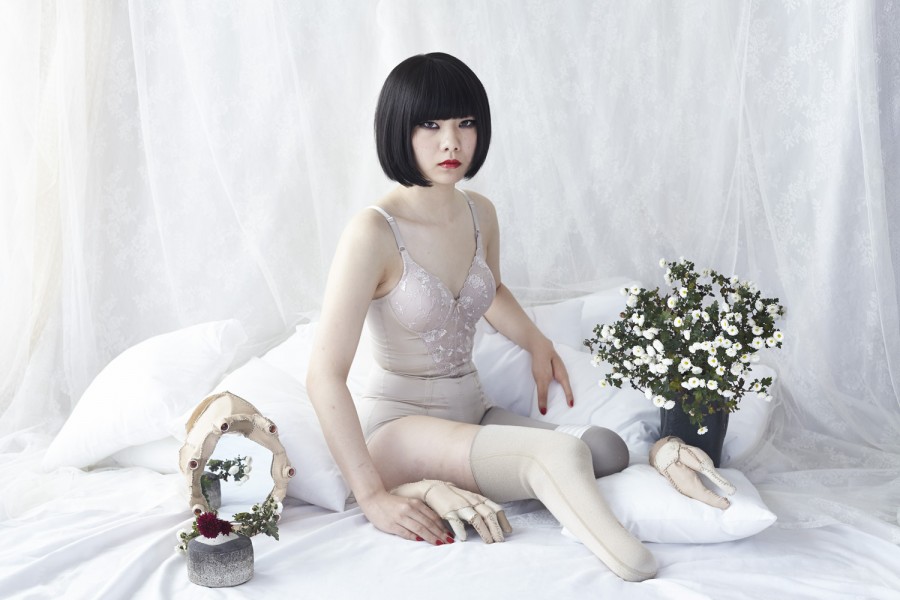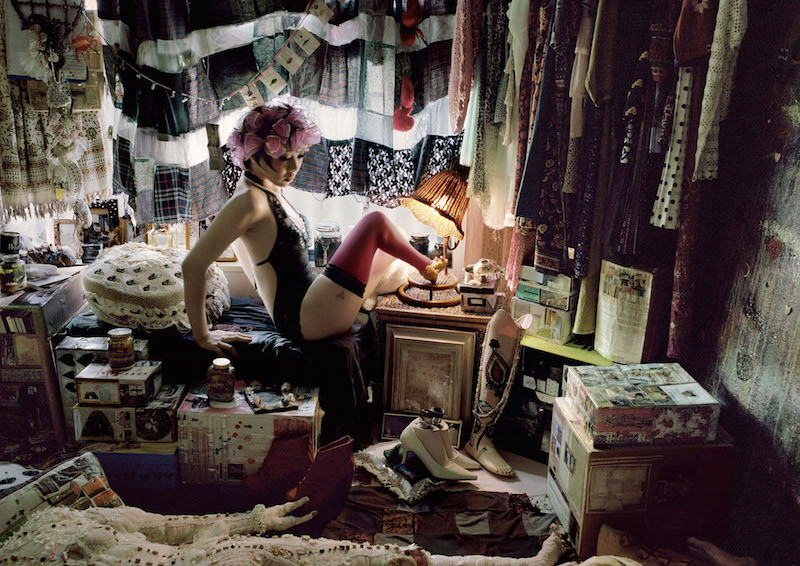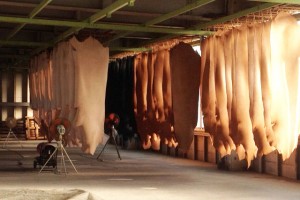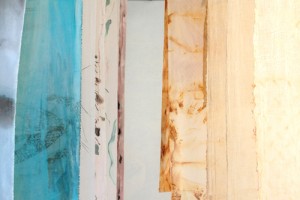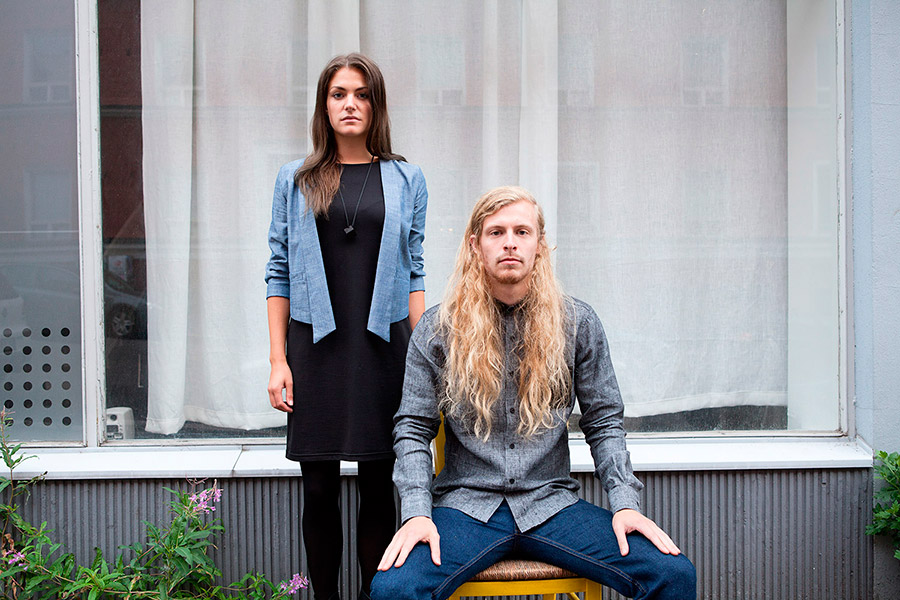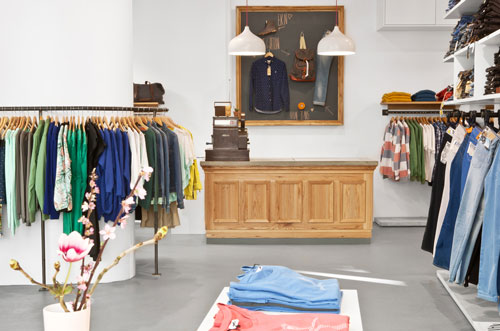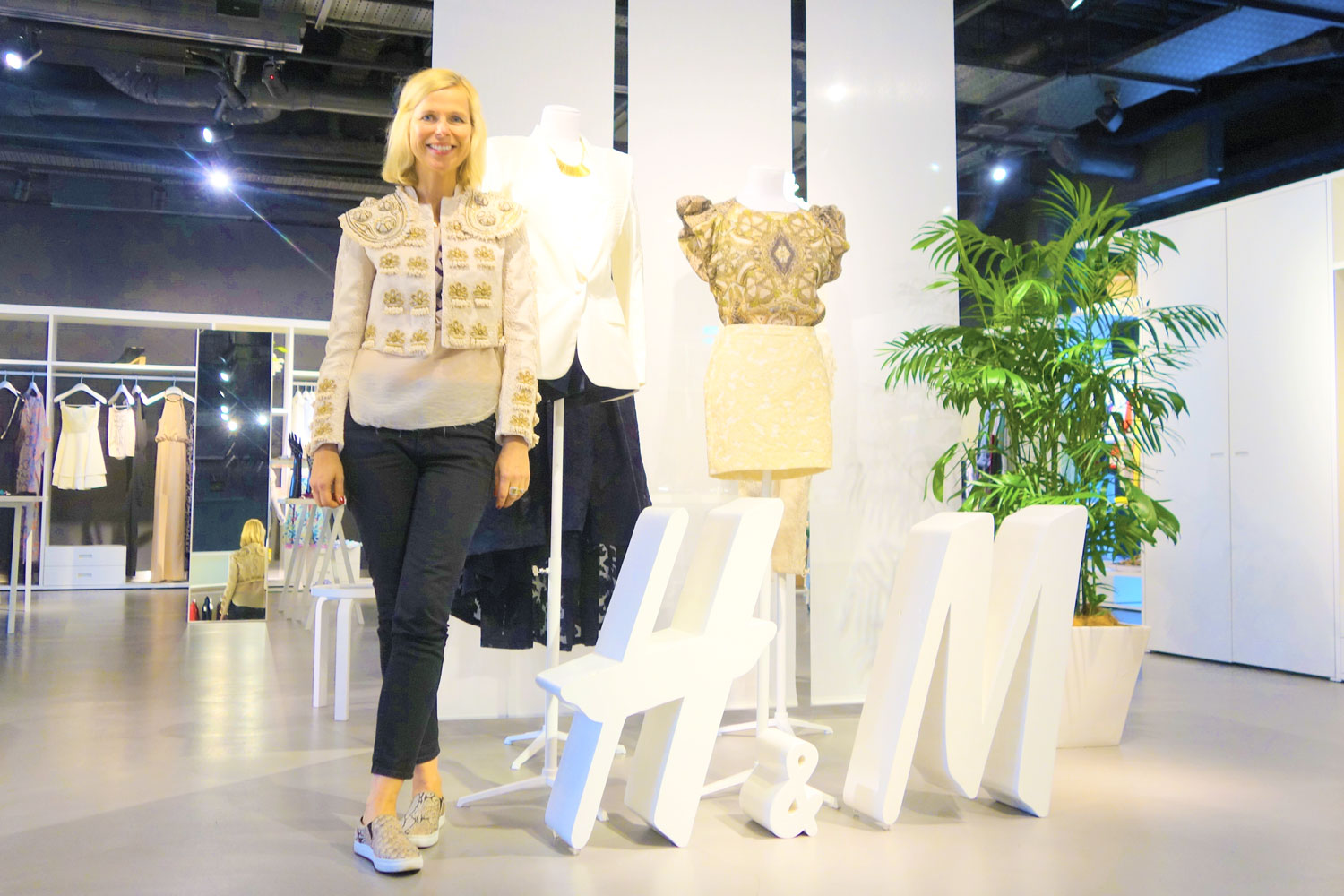The Art Award, Tokyo Marunouchi, marking its sixth year this year, is designed to help identify and provide support for young artists. Over the past five years, it has become widely known as a gateway to success for young artists. This year’s grand prix was given to Mari Katayama (24). As a result of tibial hemimelia, a deficiency affecting the development of the tibia, she had both legs amputated at nine-years-old, making her an artist with prosthetic legs.
About Shoes and High Heels
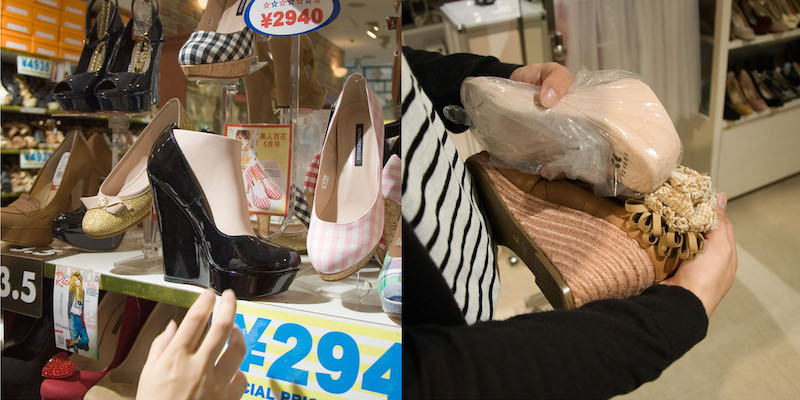
“High Heel Project”, 2012 http://www.shell-kashime.com/
“I only wore black shoes back then, even now most of my shoes are black. However, if I found shoes that I really fell in love with but the height of the heels didn’t fit, I’d take them to a prosthesis factory and have them fixed to fit into my feet. When you have prosthetic flat feet, you can only wear totally flat shoes. Even five millimeters is a big deal. You can’t put weight on the tiptoe to step in and kick up, so if the heel slips, everything slips.
“When looking for shoes that fit with any clothes and are comfortable for walking, ‘comfort shoes’ are the only choice you get. I have been repeat buying Tokyo Shoes Retailing Center’s (large shoe retail chain) original slip-ons for three years. They are really comfortable, and they are matte black so I can wear them with any clothes. But this year, they stopped producing them! So, I need to find what to wear next.
“I’m thinking of New Balance. They originally started as a manufacturer of supportive devices for physically handicapped people, so their shoes are really good. But the problem is that sneakers have laces. I have to take the lace completely off to wear them. There are belted-type sneakers, but don’t you think this type narrows what you can wear with them? So, I’m wondering.
“For the high heel project, I went to the factory to have a wooden form made because I couldn’t find shoes that fit the prosthetic feet. For the heel part, I purchased cheap pumps and had them cut out to fit my wooden form, so the shoes themselves are very light.
“In order to make them not to come off too easily, they told me that I have to fix the instep tight. So, I designed the shoes like the supporters that I used to wear before my legs were amputated. But to tell the truth, I wanted to make a slimmer, sharper form.
“I thought high heels were something really difficult to walk with. But actually, they were remarkably comfortable for walking. As soon as I take one step, the next step easily comes. It’s far easier than the flat shoes that I usually wear. Wearing these make me feel really good. I can look up, and am motivated. I don’t know why, but I guess this is what captures women’s hearts.”
→Next Page:Social Welfare and the High Heel Project

